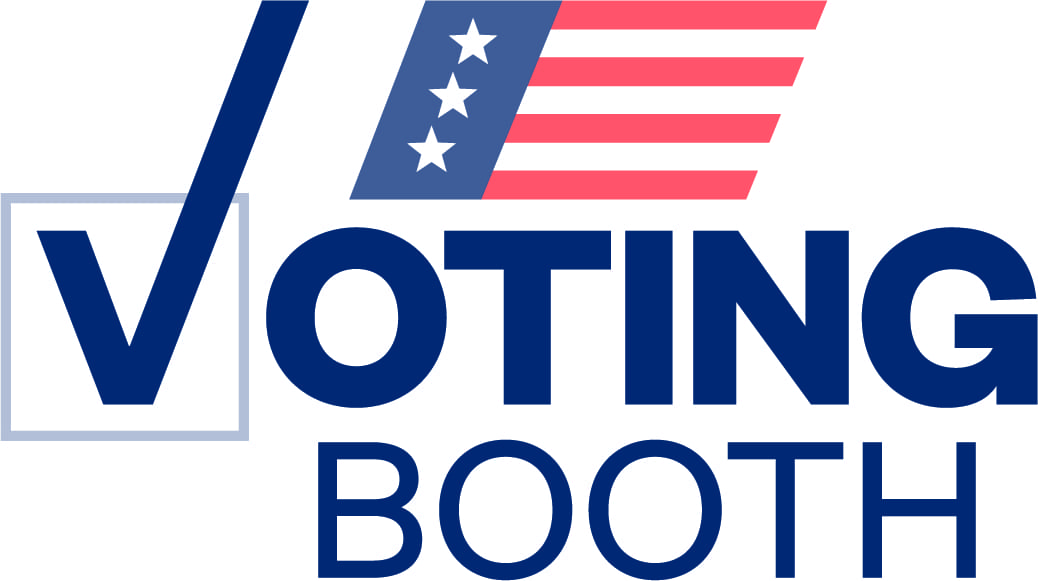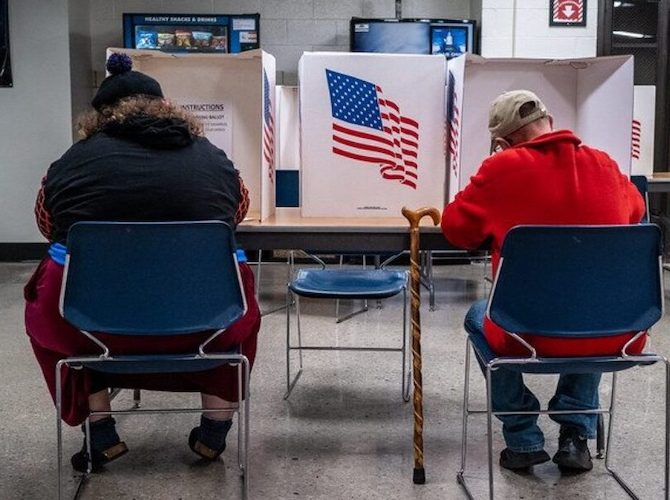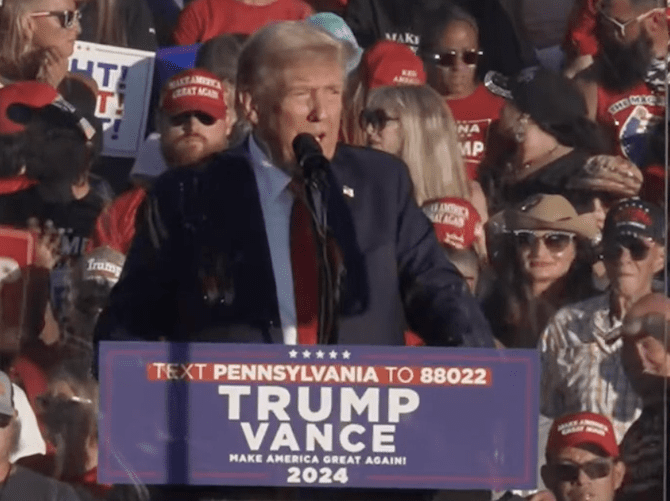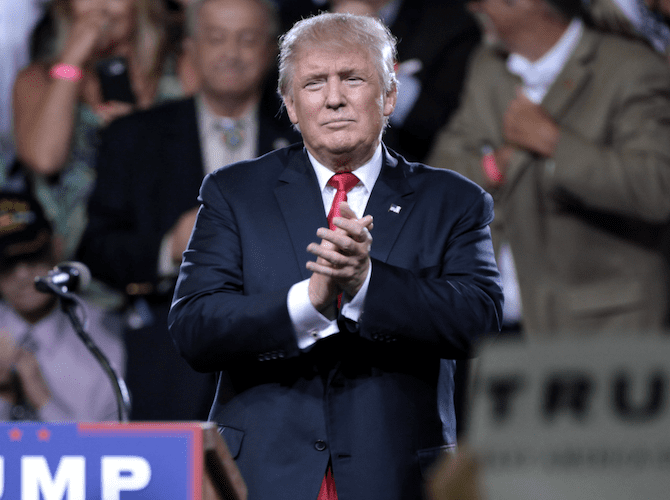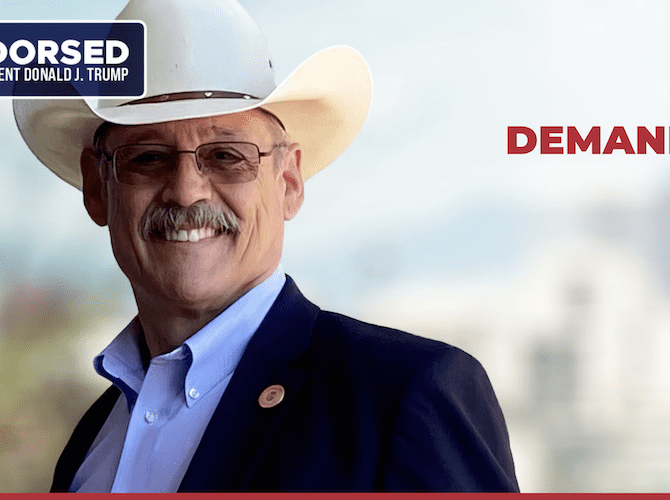2024’s “New Trump” is like 1968’s “New Nixon” and Other Re-brands
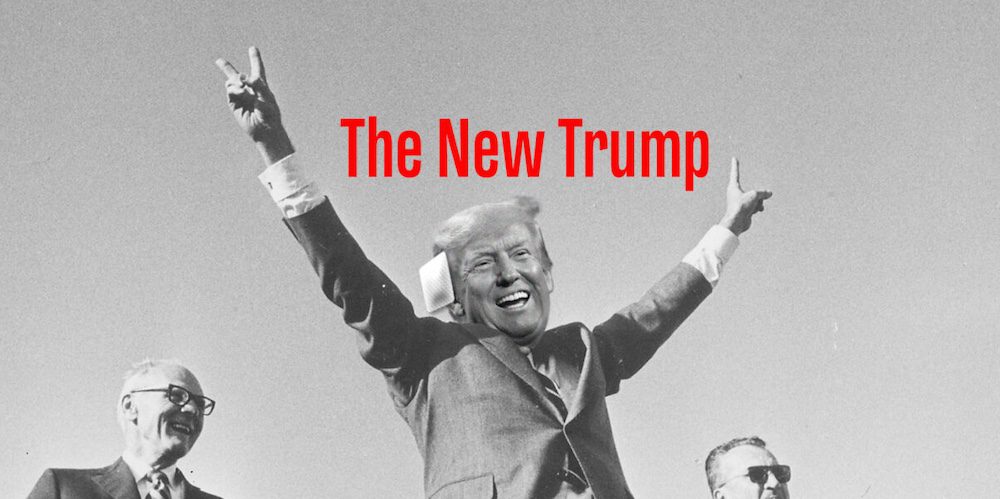
(Photo credit: Illustration by DonkeyHotey for WhoWhatWhy from Gage Skidmore / Wikimedia (CC BY-SA 2.0 DEED) and The White House / Wikimedia)
Within a day of a failed assassination attempt, Donald Trump presented himself as a new uniter of a politically divided nation. “In this moment, it is more important than ever that we stand United,” Trump wrote on Truth Social a day after the shooting.
Trump repeated that call as the Republican National Convention opened and then, without intended irony, announced his choice of Ohio Sen. J.D. Vance as his vice presidential nominee. A day before, Vance had blamed President Joe Biden and his campaign for inciting the assassination.
“The central premise of the Biden campaign is that President Donald Trump is an authoritarian fascist who must be stopped at all costs,” Vance wrote on social media. “That rhetoric led directly to President Trump’s attempted assassination.”
What we are seeing is the latest version of presidential campaign rebranding that has been a staple of GOP campaigns for more than half a century. George W. Bush and the GOP labeled the belligerent Texan a “compassionate conservative” and “a uniter, not a divider.” Ronald Reagan — who first used the slogan “Make America Great Again” — called for “Morning in America.” Once in office, he set out to dismantle federal regulation of corporate America and social safety nets built over half a century by his predecessors, Democrat and Republican.
And now Trump — a threat-wielding presidential candidate, prone to musing about shooting protesters and calling his political foes “vermin” — has become a national unifier?
Of course, Trump’s call for national unity is hardly credible. As many pundits, including non-MAGA Republicans, have noted, Trump has ceaselessly filled the airways with violent rhetoric in the years since his first presidential run in 2016. “Fascism feasts on violence,” David Frum, a former speechwriter for Republicans, wrote in The Atlantic. “Now the bloodshed that Trump has done so much to incite against others has touched him as well.” Indeed, Vance himself once compared Trump to Nazi Germany’s Adolph Hitler — before becoming a Trump cultist.
After losing his 2020 re-election, Trump became even more extremist, as he plotted to overturn that election and incited a riot at the Capitol. In the 2024 campaign, Trump has vowed vengeance against his opponents. Biden’s dismal June debate performance just served to distract from yet another tsunami of Trump lies and threats.
The instant rebranding by Trump resembles one of the more notorious presidential rebranding efforts in modern American history — also in an era of great domestic unrest and upheaval.
The year was 1968. In April, Martin Luther King Jr. was assassinated in Memphis. In June, Robert Kennedy — the father of the 2024 independent candidate, whose leaked recent chat with Trump has raised eyebrows — was killed in Los Angeles. The Democratic National Convention in Chicago drew anti-Vietnam War protests and violent crackdowns. Amid the turmoil, operatives for the Republican nominee, ex-Vice-President Richard Nixon, set out to rebrand their fierce anti-communist law-and-order man as a peacemaker.
The “New Nixon,” as his handlers labeled him, claimed to have a secret plan to end the war in Vietnam — not much different from Trump’s claim he would force Russia to end its war in Ukraine. Nixon also went after campus protests, chiding university officials for not punishing and expelling students and faculty. That’s not unlike today’s GOP attacks on college and university officials who have not forcibly shuttered anti-Gaza War protests.
“The candidate had rebranded himself as the ‘New Nixon’ with a fresh personality,” Heather Hendershot, a Massachusetts Institute of Technology professor of film and media studies and author of When the News Broke: Chicago 1968 and the Polarizing of America, wrote in a 2023 perspective in The Washington Post.
“Nixon’s ads were relentlessly stimulating and relatively disengaged from facts and figures, proving definitively that a presidential candidate could succeed on TV by showing viewers not what to think but how to feel,” she continued. “That approach had been sporadic in earlier presidential campaigns, but it would become the new normal.”
The “new Nixon” seems to have presaged the “new Trump.” The country is already hearing this marketing from Trump and MAGA Republicans at the Republican National Convention. The key question, of course, is will sufficient numbers of American voters believe it?
In 2022’s general election, women, especially suburban women, supported Democratic candidates over MAGA Republicans in several of 2024’s presidential battleground states. In Arizona, Pennsylvania, Michigan, and Nevada they elected Democratic governors, attorneys general, and secretaries of state.
Will the Supreme Court’s unraveling of abortion rights — enabled by Trump-appointed justices — hold sway again this fall? Will the dismantling of democratic norms by his appointees — placing any president above the law and blocking federal prosecution of Trump’s constitutional violations — persuade voters that Trump’s threat to American democracy and constitutional norms is real? Or might large numbers of Americans be persuaded that there is a “new Trump” — a kinder, gentler, caring, healing Trump — as many 1968 voters believed that there was a “new Nixon?”
There is no “new Trump.” As Hendershot noted, the candidate’s personality doesn’t change. There are only new claims in campaign messaging — where governing with the consent of the governed is replaced by conning with the consent of the conned.
In 1968, Nixon’s con game triumphed. He was elected president in a landslide with an Electoral College margin of 110 votes.

